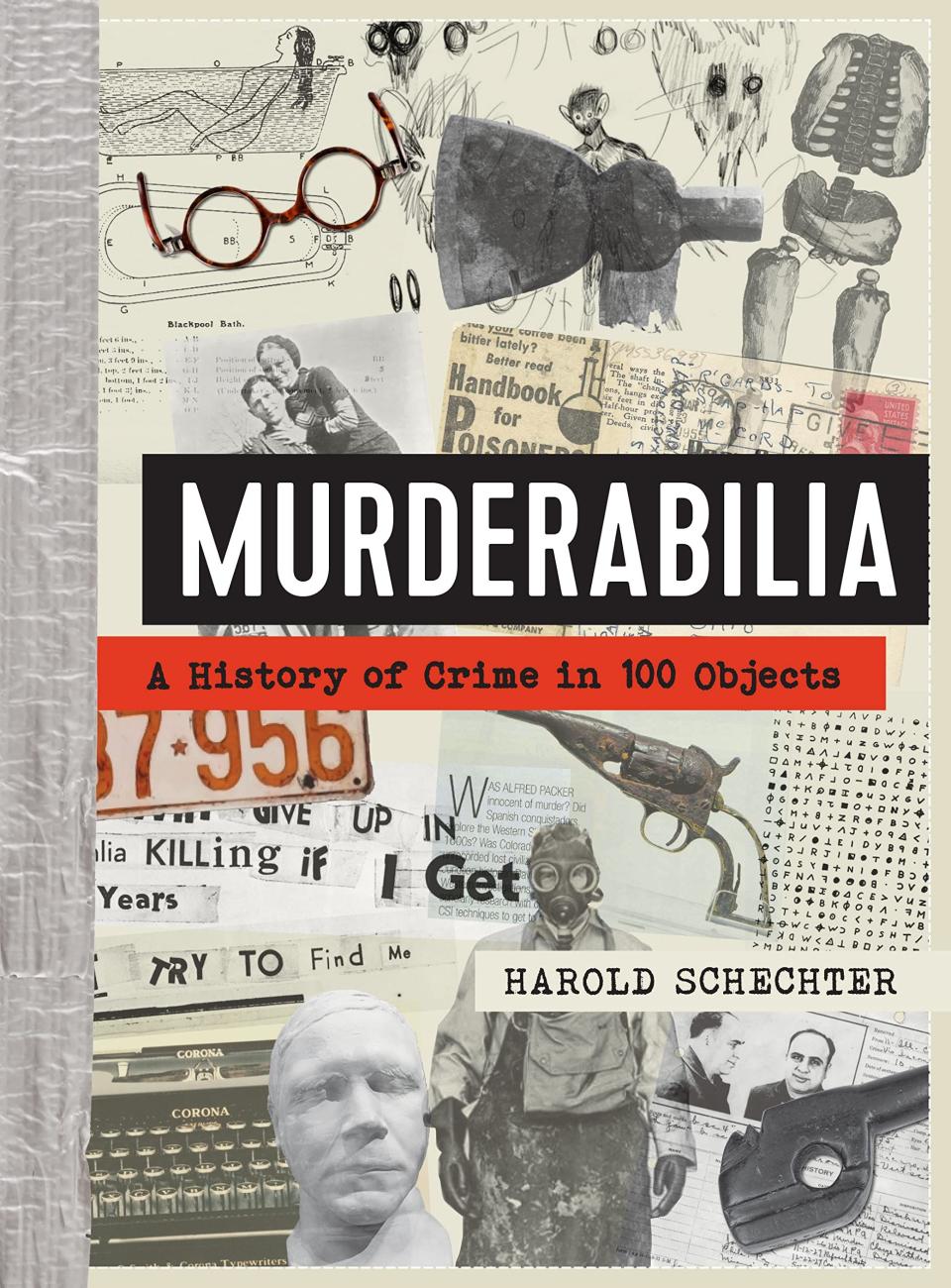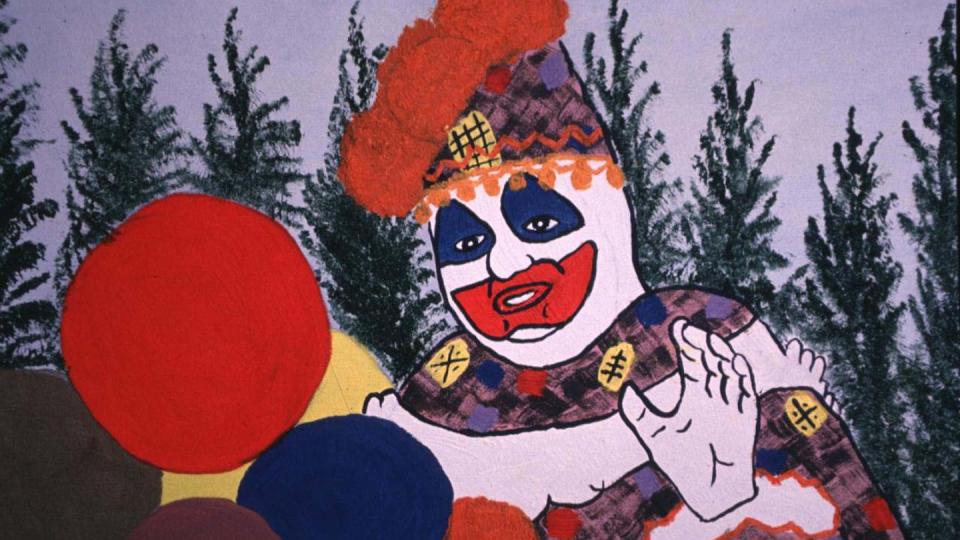What Is Murderabilia?

"Hearst Magazines and Yahoo may earn commission or revenue on some items through these links."
For some, the fascination with true crime goes beyond podcasts, TV, movies, and books. These die-hards dip into the world of collecting murderabilia, objects connected to notorious murderers. The industry fueled by these items isn't new, but it's still controversial. Read on to learn about what murderabilia is and the ethical questions that surround collecting and selling it.
What Is Murderabilia?

Murderabilia: A History of Crime in 100 Objects
amazon.com
$26.89
According to Rolling Stone, the term murderabilia was coined by Andy Kahan, director of victim services and advocacy at Crime Stoppers of Houston. The word is used to describe clothing, artwork, letters, autographs, hair, and other personal effects belonging to serial killers and murderers.
What makes something murderabilia versus a historical artifact or collector's item can be a little fuzzy depending on who you ask. For Kahan, the distinction is money. As he told Rolling Stone: "People have been collecting true crime memorabilia since, more than likely, the first caveman bopped somebody. So collect all you want. Where we draw the line is when you're actually listing items to be sold for personal profit."
Some objects seem to fall clearly within the bounds of murderabilia, such as paintings by serial killer John Wayne Gacy that typically sell for thousands of dollars in spite of their otherwise questionable artistic value. Others are more difficult to categorize; they might have intrinsic historic or artistic value beyond their connection to a gruesome crime. For example, J. D. Healy, the owner and curator of the Museum of Death in Los Angeles, told Rolling Stone that artifacts associated with presidential assassinations are examples that blur the lines. "If you think about Lincoln, he was murdered," he explained. "Who has that stuff? The Smithsonian."

While selling murderabilia and true crime collectibles has been prohibited on eBay since 2001, people still buy and sell crime-related items through other online marketplaces and auction houses. Serial Killer Ink has been selling true-crime collectibles since 2009. A lock of Charles Manson's hair was once listed on the True Crime Auction House website for $2,400.
But selling murderabilia isn't necessarily a get-rich quick scheme; not all criminal-related items command a steep price. Murderabilia podcast cohost Alice Fiennes told CNET that "the expensive murderabilia items are often linked to just a handful of names—Charles Manson, John Wayne Gacy, Ted Bundy, Jeffrey Dahmer" and that those are "killers whose stories are endlessly told and retold in the mainstream media as 'true crime.'"
Why Do People Collect Murderabilia?
Some folks are in it to exploit a tragedy and make a profit. For others, writes Katherine Ramsland, a professor of forensic psychology at DeSales University, in Psychology Today, collecting murderabilia is a form of thrill-seeking that's all about connecting with darkness. By having a piece of murderabilia, "a collector can [psychologically] experience the killer's aura from a safe distance," Ramsland wrote.
Many collectors hope to preserve these dark parts of history. Some believe that the pieces of murderabilia they collect can serve as protective lucky charms. For others, the focus is more on owning famous objects rather than just dark ones. In a recent example, assets from convicted murderer Alex Murdaugh's former property were auctioned off to a big in-person crowd. The sofa set on which Murdaugh claimed he napped on the night his wife and son were murdered and a rug were sold for a combined $36,000, Court TV reported. The buyer believed he didn't overpay, either. He told the outlet that he purchased the furnishings for a lodge that he operates and said the sofa set "will just be another story inside the lodge" along with the antiques he's collected to set a mood in the place over the years.
Is It Ethical to Collect Murderabilia?
That's up for debate. One question to consider is, Who profits from the sale of murderabilia? In the case of the Murdaugh auction, all revenue from the sale of the goods on the property went toward a settlement agreement to help victims of Murdaugh's wrongdoings.
The other question to ask is why a person wants a talisman or artifact that connects them with a heinous crime. Some true crime collectors draw the line at collecting anything to do with pedophiles or people who kill children. One collector told Rolling Stone that there are some "unhinged" and "dangerous" collectors who treat it as a dark hobby but notes that "they came to this hobby with their own set of problems that this hobby didn't create."
Another question murderabilia raises: Do these items carry bad energy into their owner's homes? In some cases, the items seem to spark joy for the new owners. Then again, there are people who believe antique mirrors are haunted, so the idea that, say, a lamp owned by a murderer might be off-kilter isn't too much of a stretch. Our advice? Proceed with caution.
To hear about properties with infamous backstories, subscribe to our haunted house podcast, Dark House, on Apple Podcasts, Spotify, Audible, or anywhere you listen.
Follow House Beautiful on Instagram.
You Might Also Like

